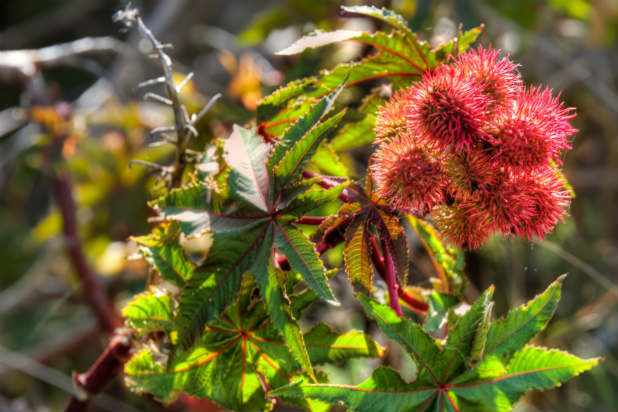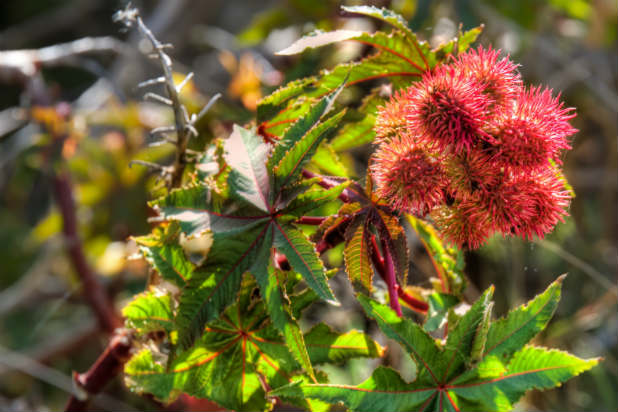These 9 Wild Foods Can Kill You
They say that that if animals eat it, then we can eat it, too. With berries and seeds, taking that advice could be fatal. Campers are taught the mnemonic rhymes, "white, just right" and "red, you're dead" to warn them away from eating poisonous berries. But this is a common misconception, as not all red berries are toxic and many white berries are poisonous, too. If you're not careful, you might pick a wild berry that kills you.
These 9 Wild Foods Can Kill You (Slideshow)
Considered one of the deadliest trees on the planet, the only part of the English Yew — common throughout forests in Europe — that is not poisonous is the flesh of the berry surrounding its toxic seed. The tree's luscious branches and tempting berries look inviting, but its leaves, stems, and seeds contain the toxin taxane, which will poison you in minutes.
The manchineel tree, found in the Florida Everglades, Central America, and the Caribbean, bears a sweet fruit nicknamed "the apple of death" that blisters the mouth and closes up the throat when eaten. Coming into contact with any party of the tree can be fatal, whether you breathe in its sawdust or get squirted with dripping sap.
To avoid these and other deadly foods that you may come across in the wilderness, it's smart to be familiar with the harmful plants that grow them. You might carry a reference book with the names, photos, and descriptions of plants to watch out for. And if you accidentally do swallow a poisonous food, you should get help immediately — call poison control or an ambulance.
Castor Beans
Grown on the castor bean plant native plant to India, castor beans are the deadliest plant poison in the world. The bean contains ricin, which is 12,000 times more poisonous than rattlesnake venom and can kill an adult in just a few minutes. Castor oil is safe to consume; just don't try to cook the beans.
Choke Cherries
Abundant in North America, choke cherries look juicy enough to eat, but as their name suggests, they can choke you to death. The plant's stalks and leaves are filled with hydrocyanic acid which poisons your respiratory system.
Keep reading for more wild foods that can kill you.
Haley Willard is The Daily Meal's assistant editor. Follow her on Twitter @haleywillrd.

